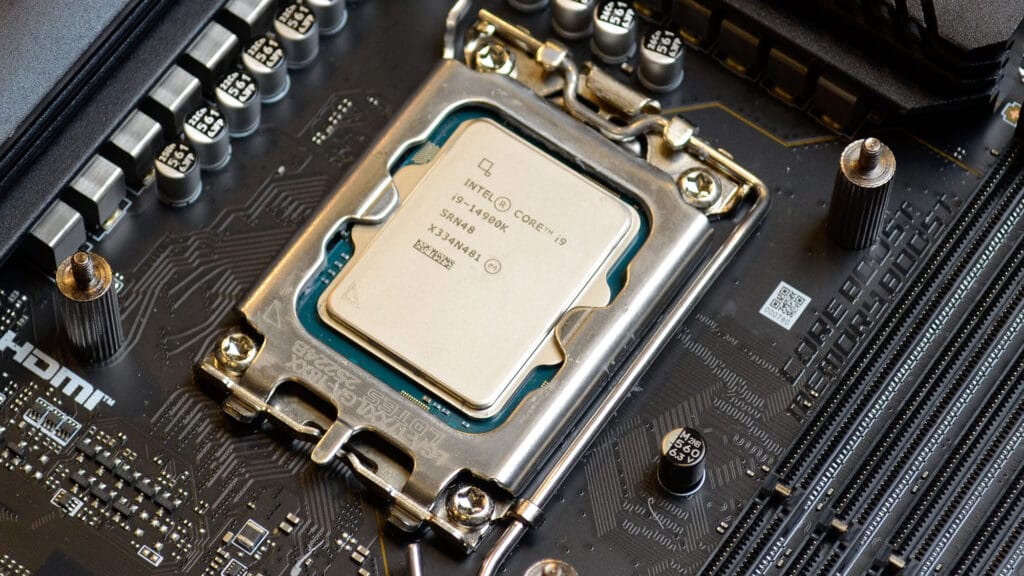Researchers have developed a revolutionary new type of computer memory that could potentially transform the performance of computers and other devices.
ULTRARAM is a new type of “universal memory” that can exceed the longevity of your SSD’s flash storage and match the read/write speeds of system memory. But with a lower power demand.
The technology has been developed by Quinas Technology, a company based at Lancaster University, and invented by Professor Manus Hayne from the university’s physics department.
Currently, we have two types of memory used in many of our devices: flash memory and system memory (DRAM). System memory is quick and can be rewritten many times, but needs to have a constant supply of power to maintain storage. Flash memory is slower, but retains data longer once the power is off. ULTRARAM could match and even surpass these functions.
ULTRARAM is a type of memory that can be implemented across different devices. Dave James from PCGamer broke down the exact makeup of how ULTRARAM works, and he did an incredibly amazing job explaining such a complex topic in a much more comprehensive way if you’re interested in the nitty-gritty of the technology.
Essentially, you won’t have a ‘sleep mode’ because you’ll be able to keep a ‘snapshot’ of the current state of your system (browser tabs or programs you’ve left open to come back to later) which is saved when you turn off your device. The snapshot will then load back up when you turn the device back on, which should be extremely fast thanks to the ULTRARAM’s speed.
You could theoretically come back to your computer a thousand years from now and boot up your device exactly where you left off. This has significant potential for use in laptops, cellphones and mobile gaming devices that are often left in a ‘standby’ mode. Quinas Technology, the company behind the new memory tech, explains that data center application is where ULTRARAM really shines, as the product consumes far less energy to store so much more data.
Of course, this is still a new and emerging technology and it’s too early to say when we might see it in our devices, or how much it will cost.




